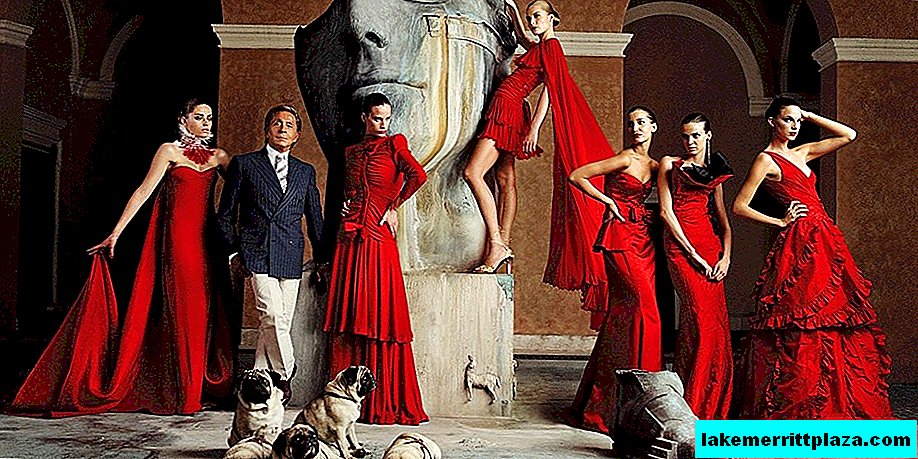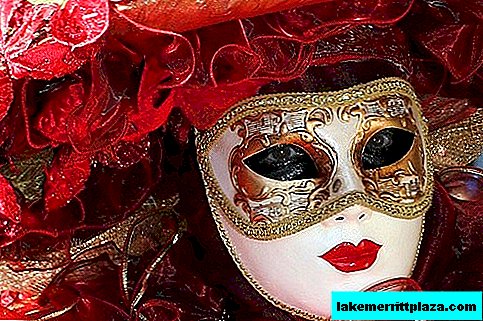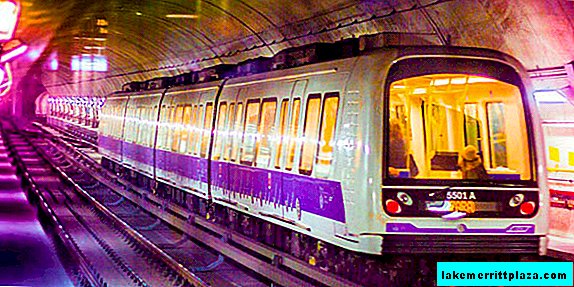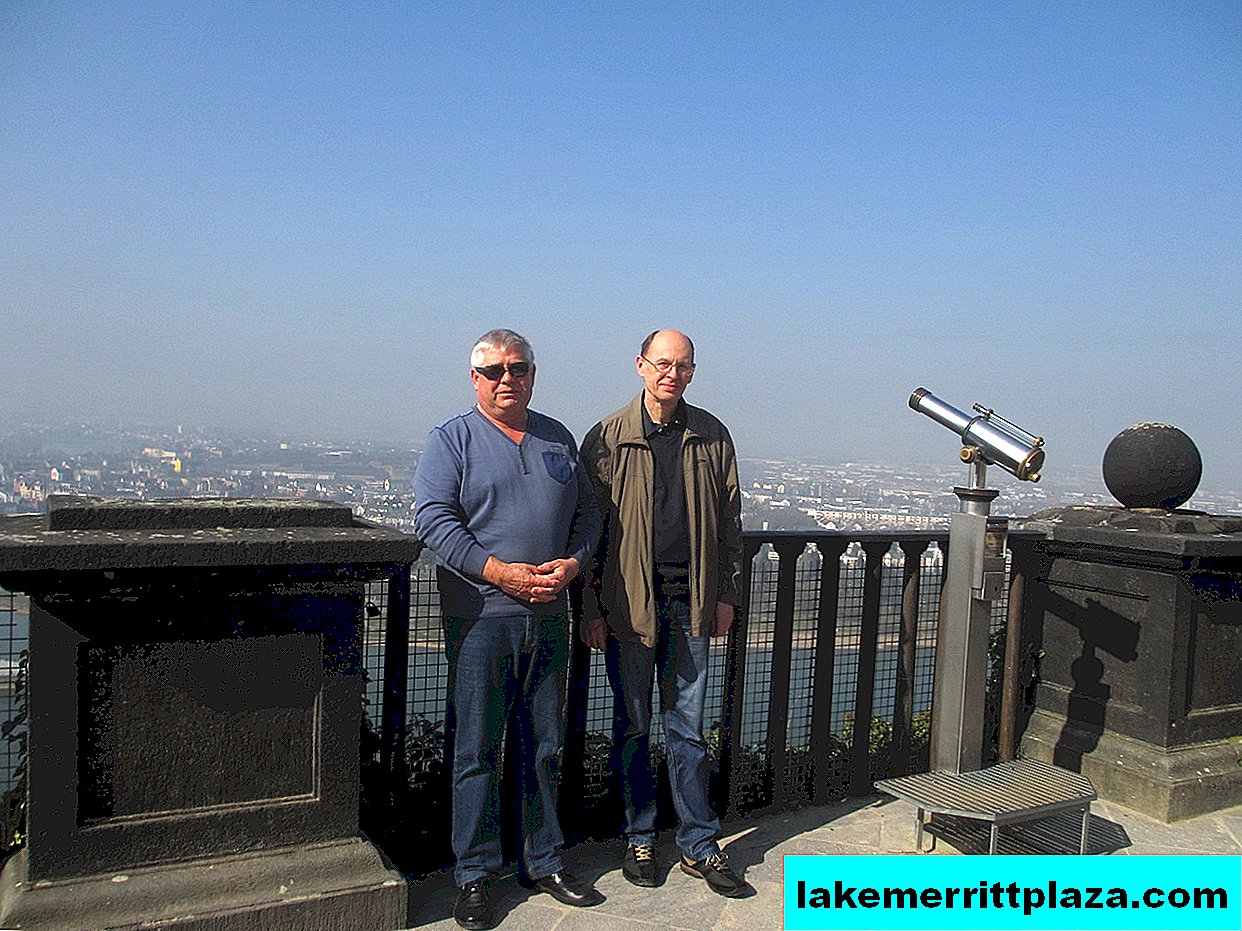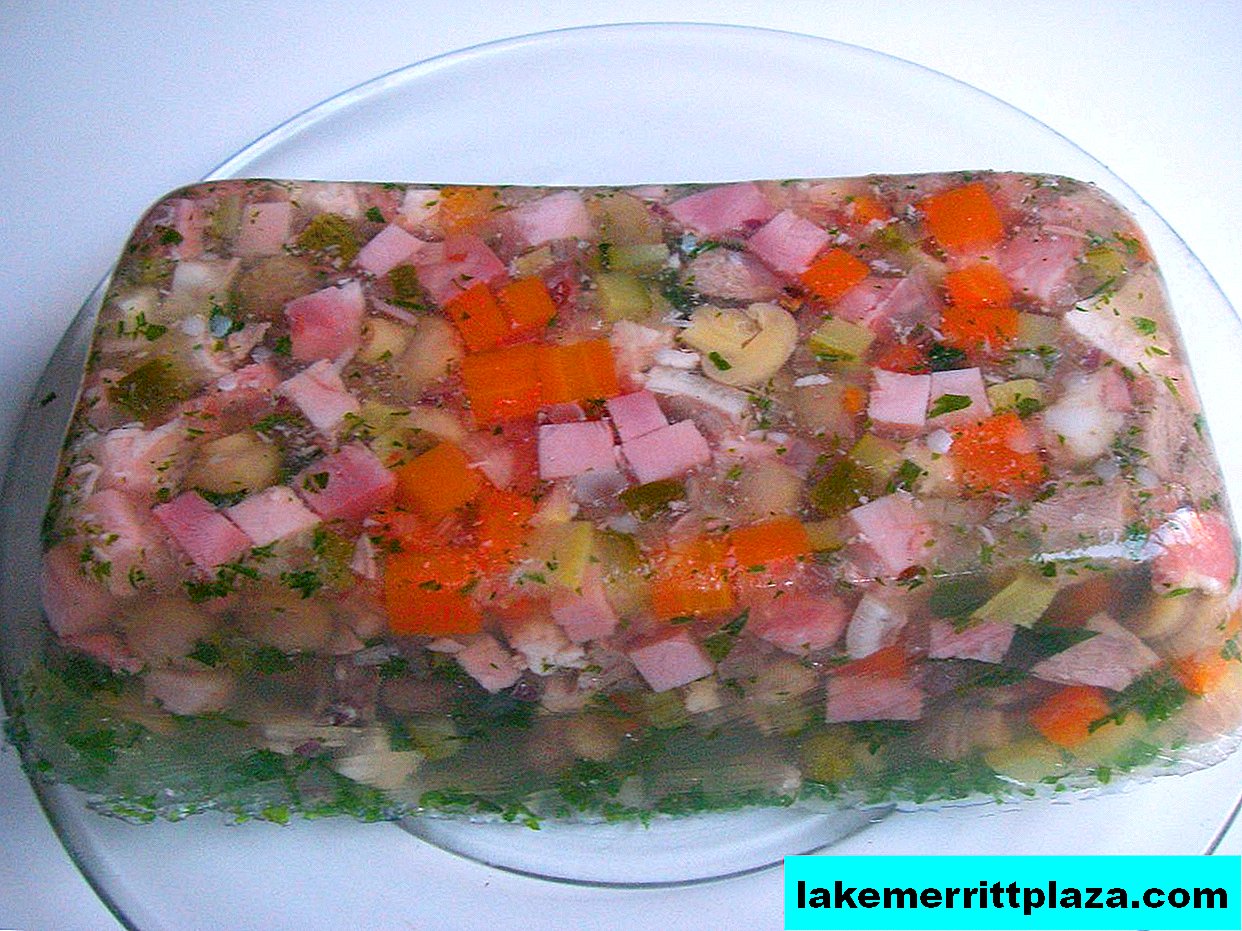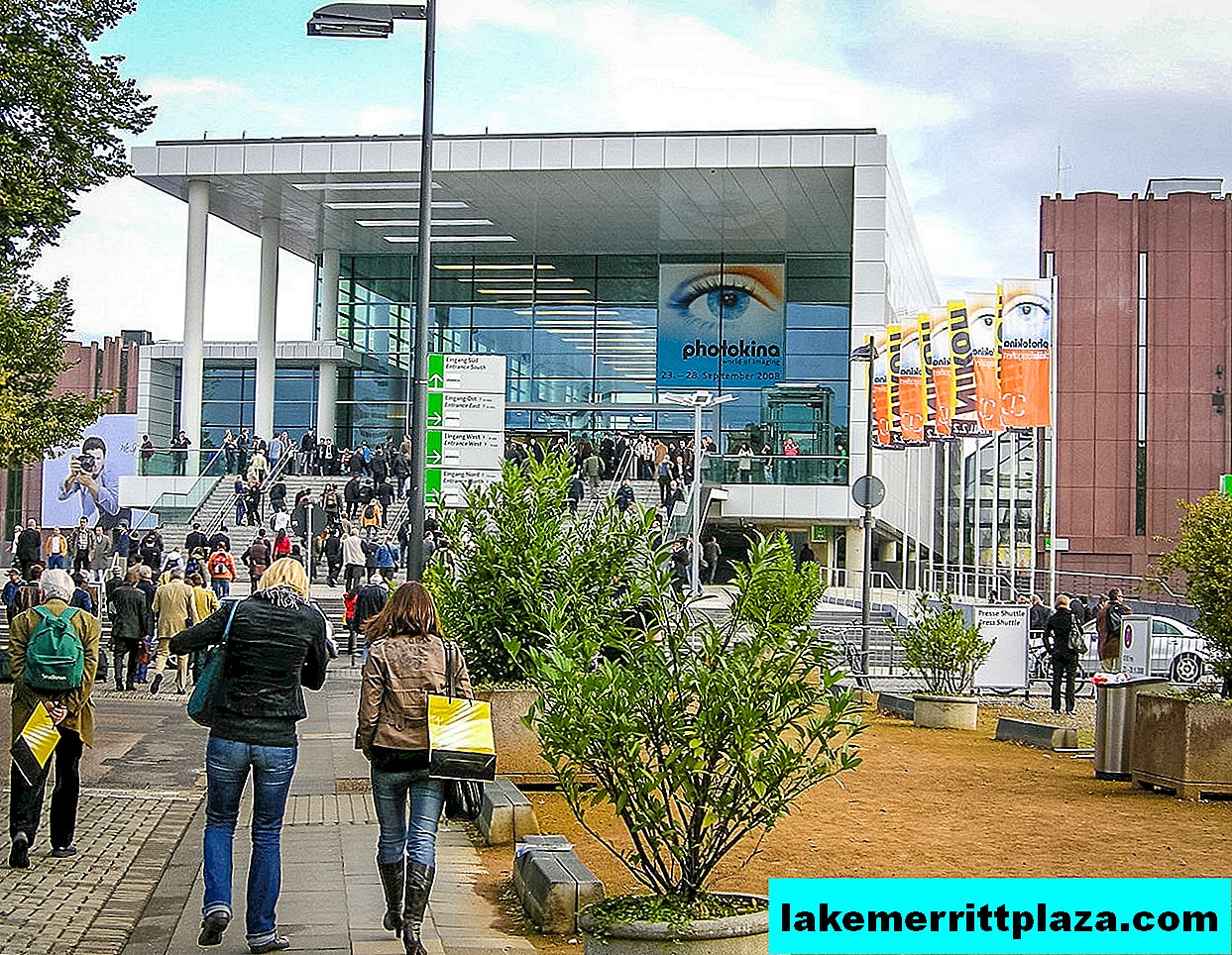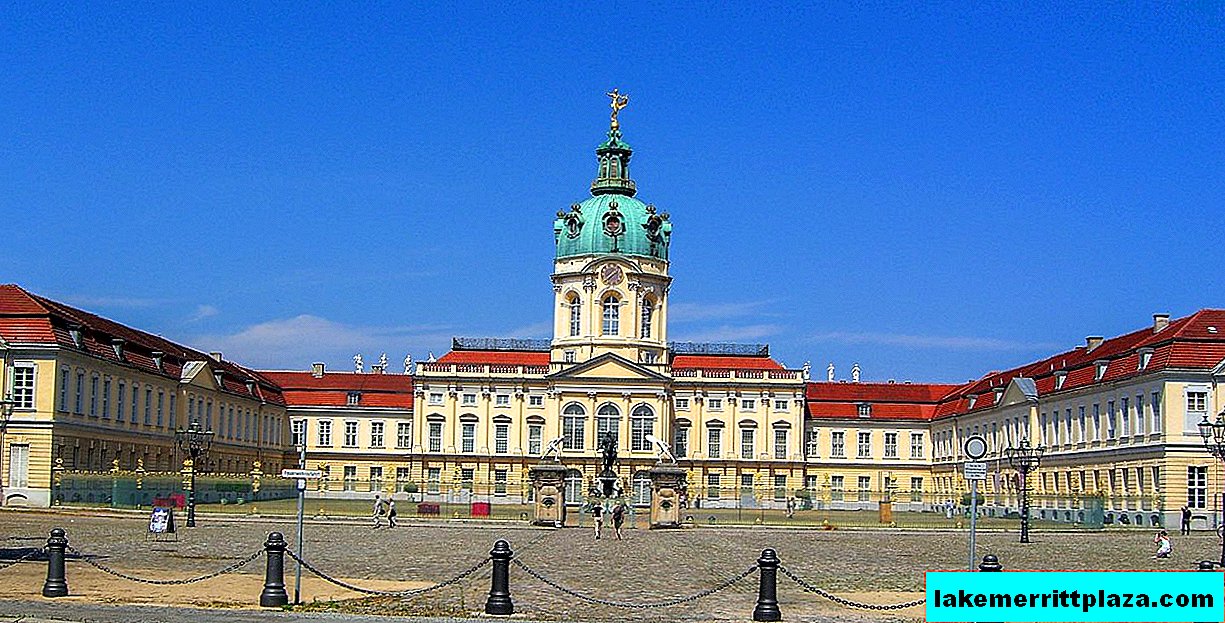Turin is the administrative center of Piedmont and one of the most developed centers of the country, which even managed to visit the capital of the state for a short period. And although we ignored him for a long time, BlogoItaliano decided to finally correct the omission and take a closer look at the city so important for Italy, making an impromptu rating What to see in Turin: TOP-8 places.
And we will start with the building of the Mole Antonelliana, more than 160 meters high, which is at the same time a symbol of Turin and its observation deck. From the 88-meter high Mole offers a wonderful panorama of the ancient city.
8. Mole Antonelliana (Mole Antonelliana)
The construction of the building, begun in 1863 by the architect Alessandro Antonelli, was initially carried out at the expense of the Jewish community, and was to become its main synagogue. However, Antonelli moved away from the original project and significantly increased the height of the tower, after which the Jews refused to finance further construction. After 25 years in 1888, the building was still able to be completed, but now for the money of the city budget, and the tallest building in Turin was dedicated to Victor Emmanuel II, the first king of united Italy.
Today at Mole Antonelliana The National Museum of Cinematography is located, telling the history of the big screen, from the moment of its appearance to the present day.
The museum is open daily, except Mondays from 10.00 to 20.00, on Saturdays from 10.00 to 23.00. Ticket price - 6.50 euros. The cost of lifting a panoramic elevator is 4.50 euros. A single ticket to the museum and a panoramic elevator costs 8 euros.
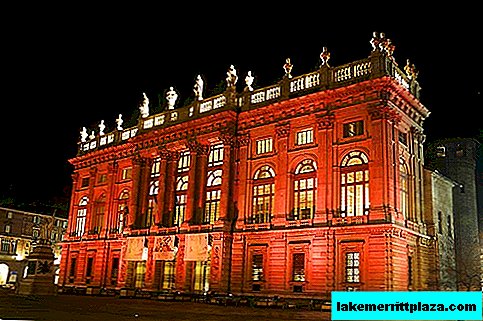
Castello Square houses the most significant buildings in Turin
7. Piazza Castello
Castello Square, designed in the middle of the 16th century by Italian architect Ascanio Vitozzi, is the heart of the ancient city. Here are the most important and significant buildings of Turin: Madame Palace - the former residence of the kings, the Royal Palace, the Government Palace, the Royal Theater (1700), the Palace Library, which stores a self-portrait of Leonardo da Vinci, and the Armory (1833) with the largest collection in Europe weapons.
FromPiazza Castello the four main streets of the city diverge: Via Garibaldi - the oldest (from the Roman Empire) and the longest pedestrian street in Europe, Via Roma, Via Po and Via Pietro Mikka.
6. The Palace of Madama (Palazzo Madama)
Madame's Palace, located in the center of Piazza Castello, makes a strange impression. Indeed, in the whole building only a beautiful baroque facade reminds of the palace. Everything behind the front Palazzo Madamalooks more like an ancient fortress. In fact, the history of the building dates back to the time of the Roman Empire, when in the 30s BC Turin was called the city of Augustus Taurinorum and, as usual, was protected by a massive fortress. In the Middle Ages, the ancient fortress was expanded, two towers were completed, and turned into a princely residence.

The history of Madame Palace goes back to the time of the Roman Empire
In 1637, Maria Cristina of France, the mother of Karl Emmanuel II, who ruled the country at that time, settled in the Palazzo Madama. After that, the name Palazzo Madama was firmly rooted behind the Palace.
Today at Madame's Palace is located Museum of Ancient Art, whose collection contains invaluable works of the Middle Ages and the Renaissance, paintings by Antonello da Messina and Oration Gentileschi, ivory, precious stones, ceramics, etc.
The museum is open daily, except Mondays, from 10.00 to 18.00, on Sunday - from 10.00 to 20.00. Ticket cost 7.5 euros.
5. Cathedral of St. John the Baptist (Duomo di San Giovanni)
The Cathedral of St. John the Baptist was built in the 15th century by Cardinal Domenico della Rover in honor of the patron saint of Turin. In the XVII century, the Chapel of the Holy Shroud was added to the Cathedral, named for the architect who built it - the Chapel of Guarini. It is in this Chapel that the famous Shroud of Turinwhich, according to legend, was covered with the body of Jesus Christ after the crucifixion.
To see the holy relic inCathedral of St. John the Baptist always going to a lot of tourists and pilgrims. And although a strong fire that occurred in April 1997, significantly damaged the Chapel of the Holy Shroud, the sacred canvas was saved from the fire. Restorers are still working to eliminate the consequences of the fire in the Chapel, and the Christian relic has since been in a special container that protects it from external influences.
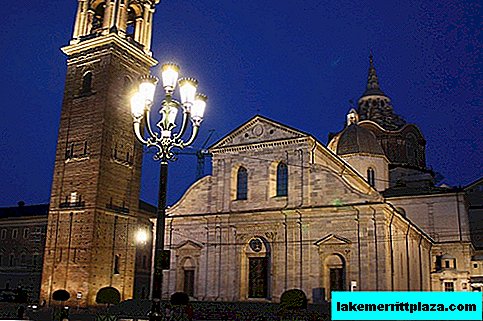
The Chapel of St. John the Baptist Cathedral houses the famous Shroud of Turin
In the lower church of the Cathedral operates the Museum of Sacred Art.
4.Egyptian Museum (Museo delle Antichità Egizie)
The Egyptian Museum of Turin is considered the only museum in Europe dedicated exclusively to the culture of ancient Egyptian civilization. The beginning of the collection was an altar tablet from the ancient Egyptian temple of Isis, which fell into the hands of King Sardinia Carl Emanuel III in 1730, after which the King became a fanatical admirer and collector of Egyptian antiquities.
In 1826, 5268 exhibits from the personal collection of Bernardino Drovetti, the Napoleonic representative in Egypt, were added to a rather extensive collection. Egyptologist Ernesto Schiaparelli, who headed the Museum in 1894, also contributed, replenishing the Museum's treasury after each of his expeditions to Egypt.
Since 1824, the Egyptian Museum has been housed in the Palace of the Academy of Sciences, built in the 17th century.
The museum is open daily, except Mondays and December 25, from 8.30 to 19.30.
The entrance ticket costs 7.5 euros, but you can buy it not only at the box office. Starting July 31, 2012, tickets can also be purchased online.Buy a ticket to the Egyptian Museum of Turin online it is possible on the website biglietteria.museitorino.it.
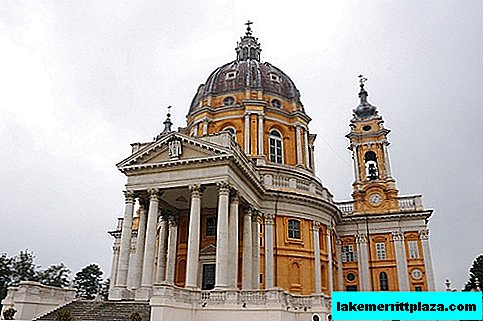
All Piedmont kings buried in Supergal Basilica
3. Basilica of Superga (Basilica di Superga)
The Superga Basilica was erected by King Vittorio Amedeo II on top of the hill of the same name at the beginning of the 18th century. And the reason for the construction of the temple was the oath that the future king gave the Virgin Mary, if the saint helps to win the battle with the French, besieging Turin in 1706.
The basilica is made by the master Filippo Juvarra in the best traditions of his time and is a true masterpiece of the architecture of the Baroque of the XVIII century.
AT Basilica of Superga in a specially built crypt in the shape of a Latin cross, all the Piedmont kings are buried. Here are the remains of the very organizer of the temple - Vittorio Amedeo III.
The basilica is open daily: from 9.00 to 12.00 and from 15.00 to 17.00 - in winter; until 18.00 - in the summer.
2. Castle and park of Valentino (Castello e Parco del Valentino)
Valentino Castle is located in the beautiful Parco del Valentino Park in the heart of Turin on the banks of the Po River. The castle (XIII century), which served as a fortress in the troubled Middle Ages, received its name from the church of St. Valentine, located nearby.
Since the middle of the XVI century, the Castle became the property of the Piedmont kings, and the building was restored to its present form in the French style in 1620, when the widow of the Duke of Savoy, Christine of France, who lived here, underwent a major reconstruction. Rumor has it that Valentino Castle served as a meeting place for the duchess with countless lovers, from whom the ruthless Christine eventually got rid of, throwing annoyed boyfriends into the well ...
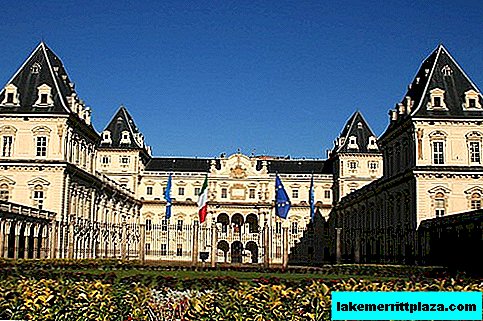
From the middle of the 16th century, the Castle of Valentino became the property of the Piedmont kings
The building is made in the shape of a horseshoe, decorated with four towers and a courtyard with marble floors. Valentino Castle hosts various exhibitions and presentations today.
Valentino Park, surrounding the castle, serves as a favorite vacation spot for citizens and is recognized as one of the most beautiful parks in Europe. The park has many small waterfalls, streams and wonderful fountains.
1.Palatine Gate (Porta Palatina)
One of the interesting places of Turin - the Palatine Gate - a unique historical and architectural landmark of the city, preserved from ancient times.
Built by the ancient Romans of the 1st century BC,Palatine Gate served as the northern entrance to the settlement of Julia Augusta Taurinorum, on the site of which modern Turin subsequently arose.
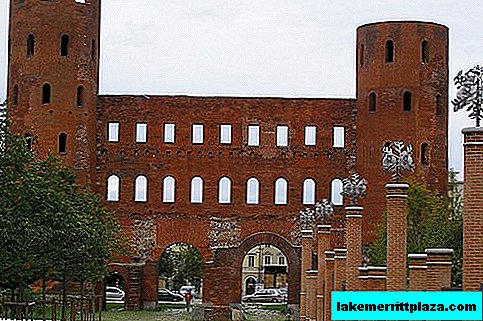
Palatine Gate - a landmark preserved from ancient times
The architectural composition consists of the central gate - Porta Palatii (adj. Palace Gate), erected in 28 BC, and two towers attached to them already in the Middle Ages. The Palatine Gate got its name due to its close proximity to the “Palazzo Real” - the main Palace of Turin.

